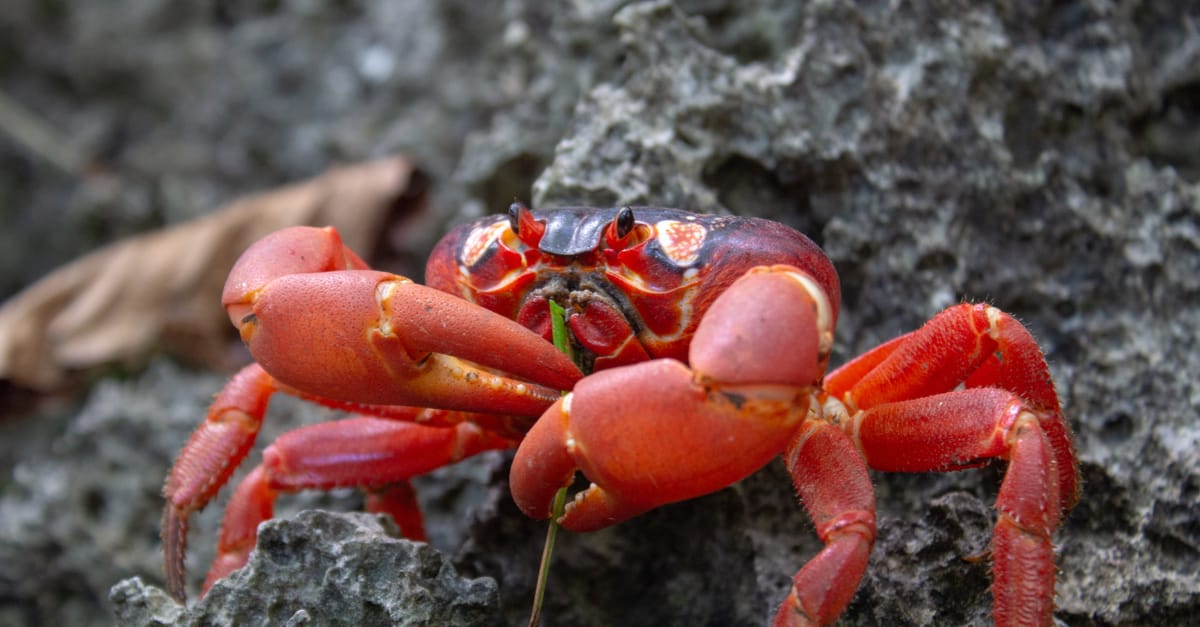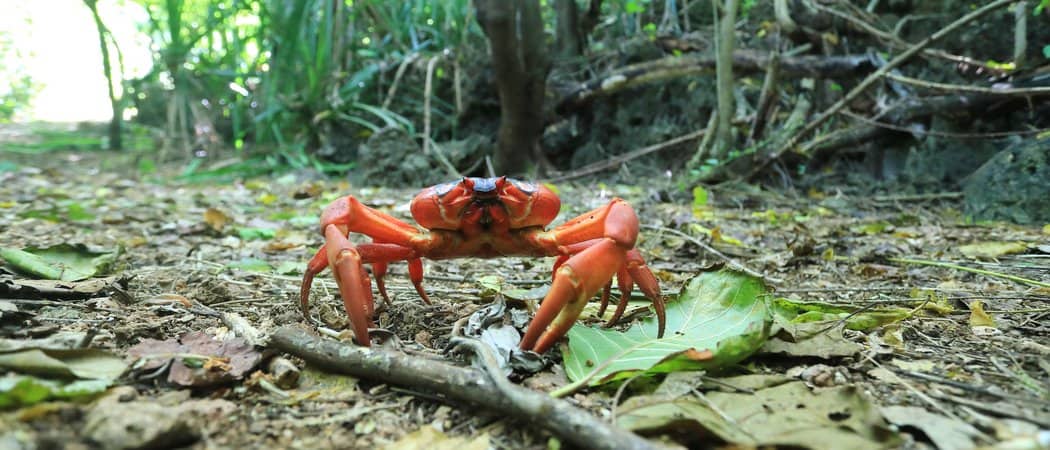Christmas Island Red Crab Diet: A Comprehensive Guide to Their Nutritional Needs in 2024
Related Articles: Christmas Island Red Crab Diet: A Comprehensive Guide to Their Nutritional Needs in 2024
- Christmas Images On Pinterest 2024: A Visual Feast For The Holiday Season
- Christmas Images Gift 2024: Share The Joy And Festivity
- Christmas Images Sketch 2024: A Comprehensive Guide To Festive Visuals
- Christmas Images By Thomas Kinkade 2024: A Festive Journey Into The Heart Of The Holidays
- Christmas Images Drawn 2024: A Festive Collection For The Holidays
Introduction
In this auspicious occasion, we are delighted to delve into the intriguing topic related to Christmas Island Red Crab Diet: A Comprehensive Guide to Their Nutritional Needs in 2024. Let’s weave interesting information and offer fresh perspectives to the readers.
Table of Content
Video about Christmas Island Red Crab Diet: A Comprehensive Guide to Their Nutritional Needs in 2024
Christmas Island Red Crab Diet: A Comprehensive Guide to Their Nutritional Needs in 2024
:max_bytes(150000):strip_icc()/GettyImages-144804688-9f690c3f0e0e4590b2d3a9212b08cdc5.jpg)
Introduction
Christmas Island, an Australian territory in the Indian Ocean, is renowned for its unique ecosystem, which includes the iconic red crab (Gecarcoidea natalis). These crabs embark on an annual mass migration to the coast to breed, during which time they exhibit fascinating dietary behaviors. Understanding their nutritional requirements is crucial for their conservation and well-being.
Dietary Composition
The Christmas Island red crab’s diet is primarily vegetarian, consisting of:
- Leaves: They consume a wide variety of leaves from native and introduced plant species, including Pemphis acidula, Scaevola taccada, and Terminalia catappa.
- Fruits: They feed on fallen fruits, such as guavas, mangoes, and pawpaws.
- Seeds: They ingest seeds from various plants, including the invasive Casuarina equisetifolia.
- Lichens and fungi: These provide essential nutrients, especially during the dry season.
Nutritional Requirements
The red crabs’ diet provides them with the following essential nutrients:
- Carbohydrates: For energy and growth
- Proteins: For tissue repair and reproduction
- Fats: For energy storage and hormone production
- Minerals: Calcium for exoskeleton formation and phosphorus for energy metabolism
- Vitamins: A and C for immune function and antioxidants
Seasonal Variation
The red crabs’ diet varies seasonally due to the availability of food resources. During the wet season (November to April), they consume a higher proportion of leaves and fruits. In the dry season (May to October), they rely more on seeds, lichens, and fungi.
Migratory Diet
During their annual migration to the coast, the red crabs face a scarcity of food. To compensate, they exhibit the following dietary adaptations:
- Enhanced foraging: They increase their foraging activity to locate food sources.
- Coprophagy: They consume their own feces, which contains undigested nutrients.
- Cannibalism: In extreme cases, they may resort to cannibalism.
Human Impacts
Human activities can significantly impact the red crabs’ diet. For example:
- Deforestation: Removal of native vegetation reduces the availability of leaves and fruits.
- Invasive species: Introduced plants, such as Casuarina equisetifolia, can outcompete native species for nutrients.
- Pollution: Plastic and other pollutants can contaminate food sources and harm the crabs.
Conservation Implications
Ensuring the availability of adequate food resources is crucial for the conservation of Christmas Island red crabs. This involves:
- Protecting native vegetation: Conserving the island’s diverse flora provides a stable food source for the crabs.
- Managing invasive species: Controlling the spread of invasive plants helps to maintain the balance of the ecosystem.
- Reducing pollution: Implementing waste management practices minimizes the impact of pollutants on the crabs’ food supply.
Conclusion
The Christmas Island red crab’s diet is a complex and fascinating aspect of their ecology. Understanding their nutritional requirements is essential for their conservation and well-being. By protecting their food resources and mitigating human impacts, we can ensure the continued survival of these iconic creatures. As 2024 approaches, it is imperative to prioritize the preservation of their dietary needs to safeguard their future.








Closure
Thus, we hope this article has provided valuable insights into Christmas Island Red Crab Diet: A Comprehensive Guide to Their Nutritional Needs in 2024. We thank you for taking the time to read this article. See you in our next article!
